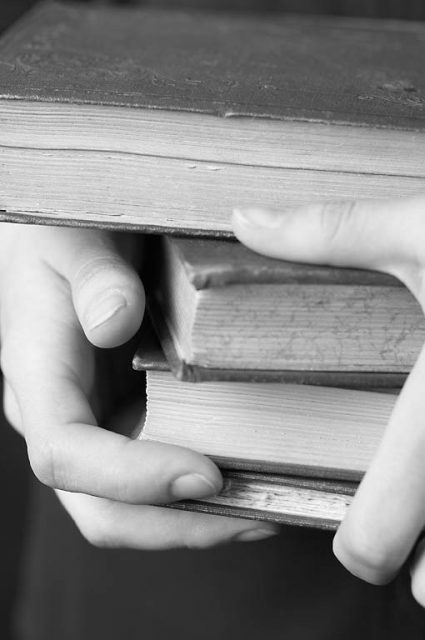
Sometimes, for one reason or another, our busy lives are interrupted with a tranquil period. It is the perfect moment to open that classic book you have been aiming to read for a long time. But how do you know the book really is a classic? Here are a few ways to identify the status of a book.
First, let’s consider how an author defines a classic book. Italo Calvino has written a number of remarkable books. Some of them can be regarded as classics, so perhaps he knows how to determine if a book is a classic. He has identified 14 signs of a classic. For instance: “A classic is a book which even when we read it for the first time gives the sense of rereading something we have read before.”
Professor Jyrki Nummi from University of Helsinki has a concise specification: “A classic is a highly appreciated, widely read work that has been popular for a long time”. Plenty of books fits into this category, but he has a more specific definition that sets the bar pretty high: “A classic book is a widely known and appreciated work that has left its mark on our culture.”
Anglo-American literature has a similar definition: “To be generally agreed upon as a classic, works meet some common high standards for quality, appeal, longevity, and influence.”

Let’s be more concrete and find a classic book that you can grab in your hand or download onto your e-reader and read. Here is a list of classic books that is quite universal, although majority of works are Anglo-American:
- Lord of the Flies by William Golding
- Lorna Doone by R.D. Blackmore
- Jamaica Inn by Daphne du Maurier
- Kidnapped by Robert Louis Stevenson
- Treasure Island by Robert Louis Stevenson
- The Call of the Wild by Jack London
- Charlotte’s Web by E.B. White
- The Wind in the Willows by Kenneth Grahame
- Moonfleet by J. Meade Falkner
- Oliver Twist by Charles Dickens
- A Tale of Two Cities by Charles Dickens
- Brideshead Revisited by Evelyn Waugh
- The Mayor of Casterbridge by Thomas Hardy
- Don Quixote by Cervantes
- Alice&s Adventures in Wonderland by Lewis Carroll
- The Picture of Dorian Gray by Oscar Wilde
- Nineteen–Eighty Four by George Orwell
- To Kill a Mockingbird by Harper Lee
- Tinker Tailor Soldier Spy by John le Carré
- Animal Farm by George Orwell
- Anne of Green Gables by L.M. Montgomery
- Of Mice and Men by John Steinbeck
- The Children of the New Forest by Frederick Marryat
- Heidi by Johanna Spyri
- For Whom the Bell Tolls by Ernest Hemingway
- One Flew Over the Cuckoo’s Nest by Ken Kesey
- Fahrenheit 451 by Ray Bradbury
- The Illustrated Man by Ray Bradbury
- The Secret Garden by Frances Hodgson Burnett
- Brighton Rock by Graham Greene
Nonfiction classics:
- Cider with Rosie by Laurie Lee
- Goodbye to All That by Robert Graves
- In Cold Blood by Truman Capote
- Seven Pillars of Wisdom by T.E. Lawrence
- Bitter Lemons by Lawrence Durrell
- Never Cry Wolf by Farley Mowat
- Fear and Loathing in Las Vegas by Hunter S. Thompson
- Travels with a Donkey in the Cevennes by Robert Louis Stevenson
- Homage to Catalonia by George Orwell
- Bury My Heart at Wounded Knee: An Indian History of the American West by Dee Brown
